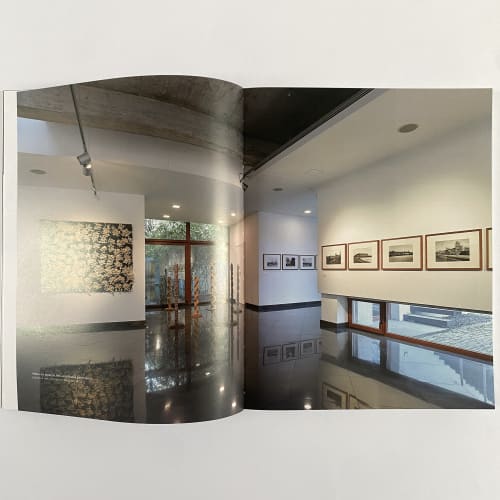The European Capital of Culture (ECOC) is a European Union initiative launched in 1985, with the title awarded to cities in the Member States on a rotating basis each year. Timișoara is not the first such Romanian “capital”, after Sibiu, in 2007, coincidentally also the year of Romania’s accession to the Union, first tested the waters of such a project.
Probably not many would have expected to find in Timișoara – and only in the first half of the year – paintings and drawings by Adrian Ghenie, gathered in the exhibition “The Impossible Body” organized by Art Encounters, about which Maria Orosan Telea writes; by Ioana Bătrânu and Adela Giurgiu, also at AE, in a film-visual dialogue with Agnès Varda, written about by Raluca Oancea; contemporary art as in “Different degrees of freedom”, at the Kunsthalle, reviewed by Horațiu Lipot, or as in “On the generation of generative forms”, about which Bogdan Ghiu writes; or even more Romanian contemporary art, as in “GAME ON”, an exhibition based on the idea of competition, recounted by Ada Muntean; the late Mircea Nicolae and the small and precious things, about which Elvira Lupșa writes so nostalgically; Irina Gheorghe’s experimental performance, part of the “New Times” exhibition, reviewed by Gavril Pop; and, last but not least, “The Sculpture after Sculpture” at Cazarma U, a feast of volumes in space, about which Corina Șuteu writes with great admiration.


